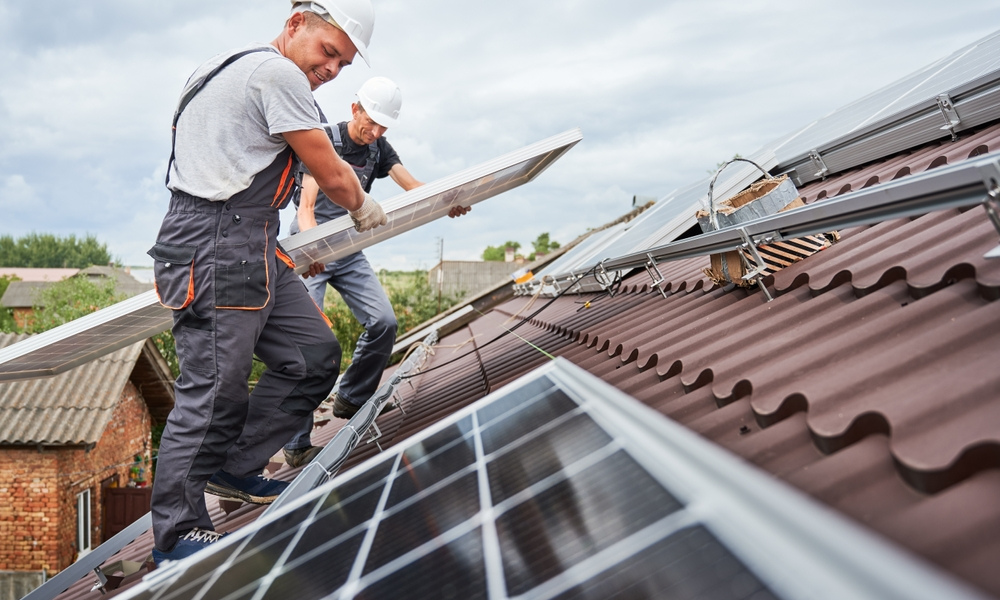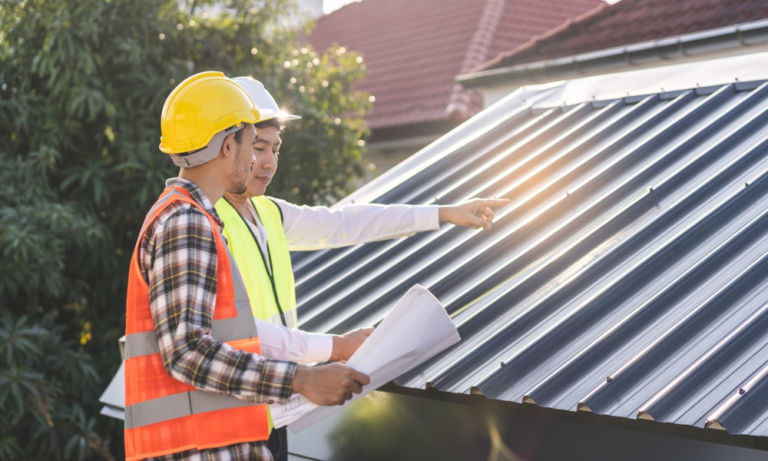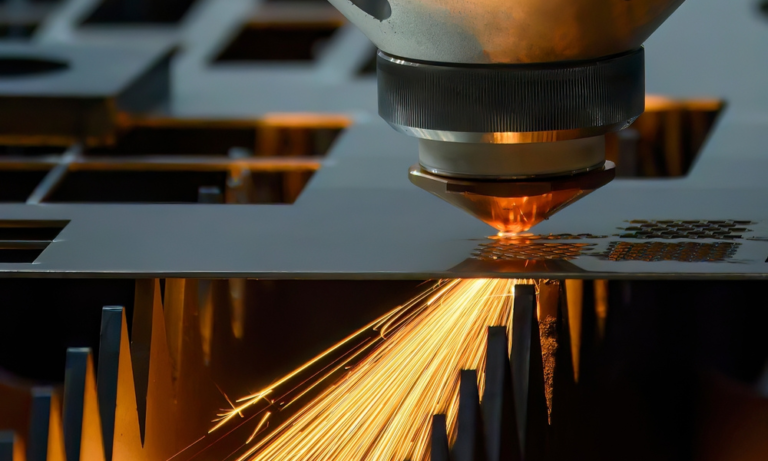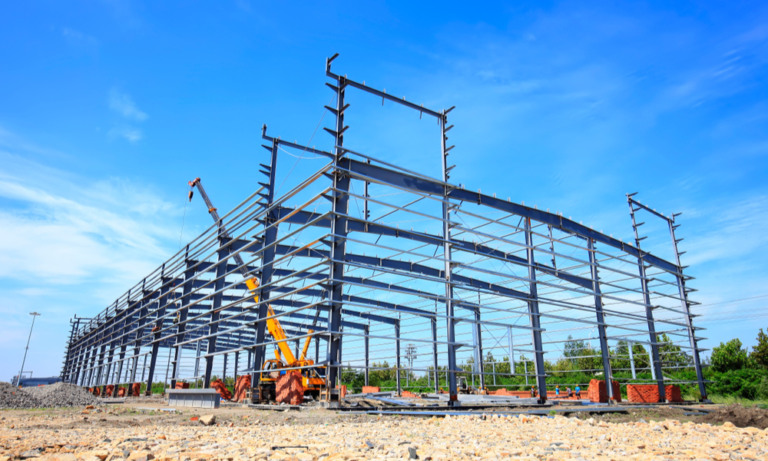Estimated reading time: 5 minutes
Metal structures, whether they’re part of your home, office, or machinery, are built to last. But even the sturdiest materials need attention after years of wear and tear. If you’ve been wondering whether it’s time to give your metalwork some TLC, you’re in the right place.
In this guide, I’ll walk you through the seven signs that it’s time for metal repairs or upgrades. By the end, you’ll know exactly what to watch for and how to protect your investment.
Quick Preview: What You’ll Learn
- Rust and corrosion: The obvious red flags.
- Cracks and splits: Small fractures, big problems.
- Loose connections: When bolts and welds give up.
- Warping and bending: Why deformations spell trouble.
- Peeling coatings: The silent attacker of metal surfaces.
- Unusual sounds: Creaks, clangs, and vibrations.
- Wear and tear: Everyday damage that shouldn’t be ignored.
1. Rust and Corrosion
Let’s start with the most glaring sign—rust. If your metal looks more like a science experiment than a sturdy structure, it’s time for action. Rust and corrosion don’t just ruin appearances; they weaken the material, making it less reliable and more prone to failure.
Here’s the deal: small rust spots are like weeds—they spread if ignored. Keep an eye out for flaky surfaces, orange discoloration, or pitted metal. A little rust removal now can save you from costly replacements later.
Pro Tip: Regular maintenance is key. If you want to learn how professionals tackle such issues, check out Steel Maintenance Tips for Long-Lasting Structures.
2. Cracks and Splits
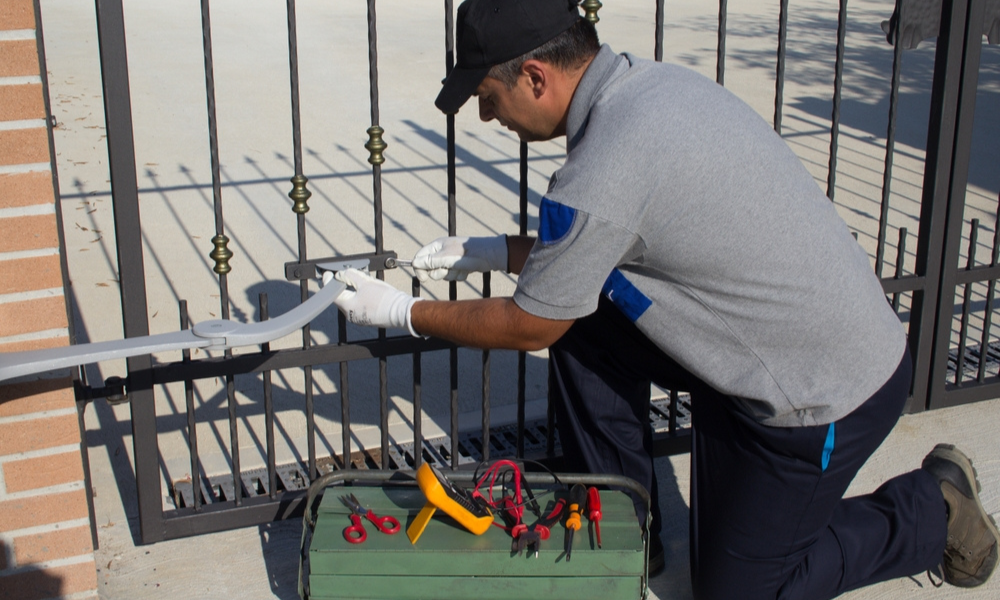
Tiny cracks might not seem like a big deal, but trust me—they’re the silent saboteurs of metalwork. Left unattended, these cracks can grow, especially in load-bearing structures or high-stress areas.
Imagine ignoring a small crack on your car’s frame. Not a comforting thought, right? The same goes for beams, railings, or even machinery components. Addressing cracks early ensures safety and prevents further damage.
3. Loose Connections
When bolts start loosening or welds look like they’ve seen better days, it’s a clear cry for help. Metal connections are the backbone of stability. Whether it’s a fence panel swaying in the wind or a factory machine vibrating more than usual, loose parts compromise safety and efficiency.
I always recommend a professional inspection for these situations. It’s not about paranoia—it’s about being smart. If you’re considering upgrades to avoid these issues altogether, check out The Role of Metal Contractors in Modern Architecture.
4. Warping and Bending
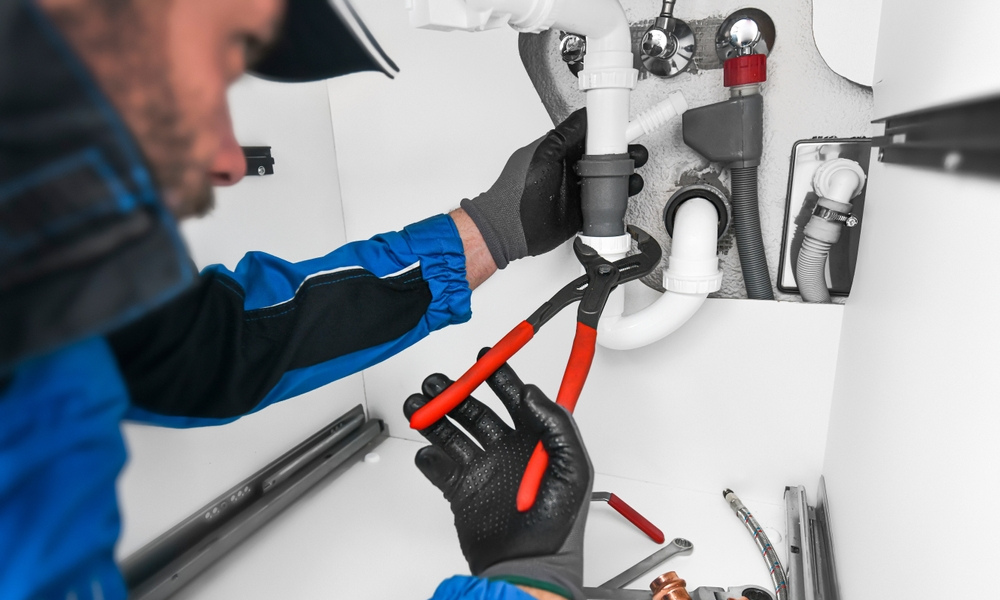
Metal isn’t supposed to look like modern art unless it was designed that way. If your structures are warping, bending, or sagging, it’s often a sign of excessive stress, poor installation, or exposure to extreme weather.
Take a warped beam, for instance. It may not collapse immediately, but it’s a ticking time bomb. Address these deformations before they compromise the entire structure.
5. Peeling or Flaking Coatings
Coatings are your metal’s armor against the elements. When that armor starts peeling or flaking, the battle is half-lost. Without proper protection, moisture sneaks in, and before you know it—hello, rust!
This issue often affects fences, railings, and outdoor machinery. If your metal looks like it’s shedding skin, it’s time to consider a fresh coat—or an upgrade. For more details on keeping coatings in top shape, take a peek at Steel Maintenance Tips for Long-Lasting Structures.
6. Unusual Sounds
Let’s talk noise. If your metal structure is creaking, clanging, or vibrating more than it used to, it’s waving a red flag. These sounds often indicate that parts are misaligned, under stress, or worse—failing.
Don’t ignore these auditory warnings. A professional can help diagnose the issue, and trust me, catching it early will save you both headaches and repair costs.
7. Everyday Wear and Tear
Finally, there’s the slow grind of everyday life. Scratches, dents, and general wear are inevitable, but that doesn’t mean you should ignore them. These minor damages can weaken your metal over time, especially in high-use areas like gates or industrial equipment.
Take stock regularly. If the wear and tear are significant, it might be time for an upgrade. Curious about when to repair versus replace? Choosing the Right Structural Steel Contractor is a great resource.
Why Acting Early Matters
I get it—repairs and upgrades can feel like a hassle. But neglecting these signs often leads to bigger, costlier problems. Addressing issues early means:
Increased safety.
Longer-lasting structures.
Savings on future repairs or replacements.
When to Call the Pros
While some small fixes can be DIY, structural repairs and upgrades require expertise. Professionals bring the tools, experience, and precision needed to get the job done right. If you’re debating whether to hire someone, check out Top Benefits of Hiring Professional Metal Contractors.
Final Thoughts
Metal structures are built to last—but only if you give them the attention they deserve. From rust and cracks to loose bolts and strange sounds, the signs are often clear. Take action early, and you’ll save yourself time, money, and stress down the line.
And remember, whether it’s a quick fix or a complete overhaul, prioritizing repairs isn’t just smart—it’s an investment in safety and longevity.
So, how’s your metal holding up? If you’re seeing any of these signs, it might be time for some professional TLC.
